Pros and cons of induction and electric stoves
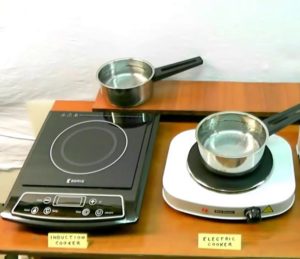 Any housewife dreams of making the cooking process as easy as possible, and making it quite fast and convenient. And, fortunately, modern technology, presented in a wide range on the market, allows us to positively solve this problem. Induction and electric cookers have become quite popular among consumers, and below we decided to talk about the features of their operation, give advantages and disadvantages, and also help you choose the right model for preparing culinary masterpieces.
Any housewife dreams of making the cooking process as easy as possible, and making it quite fast and convenient. And, fortunately, modern technology, presented in a wide range on the market, allows us to positively solve this problem. Induction and electric cookers have become quite popular among consumers, and below we decided to talk about the features of their operation, give advantages and disadvantages, and also help you choose the right model for preparing culinary masterpieces.
The content of the article
How does an induction cooker work?
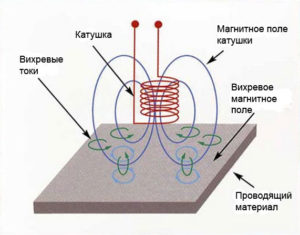 In appearance, induction devices are quite similar to conventional tiles. In most cases they have a smooth glass-ceramic surface. But their design is radically different. They do not have a heating element inside, and its role is played by an electromagnetic coil. It is a conductor of current, and, passing it, creates a field, under the influence of which its own currents are formed to heat the containers.
In appearance, induction devices are quite similar to conventional tiles. In most cases they have a smooth glass-ceramic surface. But their design is radically different. They do not have a heating element inside, and its role is played by an electromagnetic coil. It is a conductor of current, and, passing it, creates a field, under the influence of which its own currents are formed to heat the containers.
But in this case there is also the other side of the coin, which is an overly powerful field. Sometimes even microphones do not work near induction cookers.And in view of the above, many are interested in whether such tiles are harmful to health? And fortunately the answer is no. Of course, you shouldn’t hug the tile, and at a distance of about 40–50 cm it will be completely harmless to a person.
Pros of an induction cooker
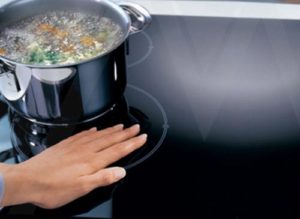 Induction surfaces have more than enough advantages, and these include the following:
Induction surfaces have more than enough advantages, and these include the following:
- without the presence of dishes on the stove, the burner does not heat up;
- the heating speed will be higher even than that of a gas burner;
- the stove is safe to use;
- there is no excess heat generation, and accordingly the room will not be hot even with the surface in use;
- Caring for induction cookers is extremely simple, and they can be completely cleaned in just a few minutes;
- wide functionality;
- the ability to set the desired temperature to the nearest degree.
Cons of an induction cooker
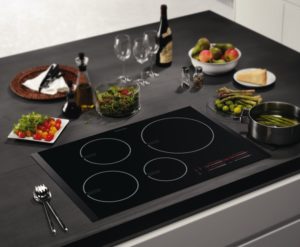 But it was not without its drawbacks, namely:
But it was not without its drawbacks, namely:
- The manufacturing material is glass ceramics, and accordingly the slabs are quite fragile;
- It is not recommended to place cooking surfaces near refrigerators, microwave ovens and other equipment made of metal;
- during operation, the tile makes a characteristic noise, and it is unlikely that it will be possible to prepare breakfast without waking up the household;
- high price.
Attention!
To use the presented devices you will need to purchase special utensils.
How does an electric stove work?
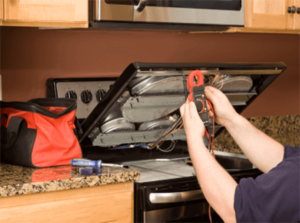 These stove options are equipped with heating elements. In most cases, their role is played by an ordinary spiral, through which the burner is heated. Glass-ceramic surfaces are often used to make such panels.But sometimes, among the wide variety of models on the market, you can also find devices made of cast iron. They will be less functional, and reliability is approaching the minimum level.
These stove options are equipped with heating elements. In most cases, their role is played by an ordinary spiral, through which the burner is heated. Glass-ceramic surfaces are often used to make such panels.But sometimes, among the wide variety of models on the market, you can also find devices made of cast iron. They will be less functional, and reliability is approaching the minimum level.
The most practical option is plates made of glass ceramics. They are extremely easy to clean, food does not burn on them, and heating and boiling require a minimum period of time, which allows you to save on electricity.
Advantages of an electric stove
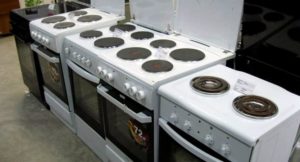 The advantages of the presented models include:
The advantages of the presented models include:
- silent operation and absence of soot;
- simple operation and ease of use;
- modern design;
- fast heating of burners;
- wide range on the market;
- affordable price.
Cons of an electric stove
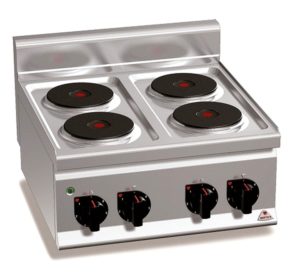 But unfortunately, there are some disadvantages, namely:
But unfortunately, there are some disadvantages, namely:
- waste of electricity;
- fragility.
As you can see, there are an order of magnitude more advantages, and they more than cancel out the existing disadvantages. And accordingly, you can and should pay attention to electric hobs during the selection process.
Which is better induction or electric?
Before you decide which of the presented hobs is right for you, it is necessary to highlight the main differences. It would be wiser to start with electrical appliances, since they appeared on the market much earlier than their induction counterparts.
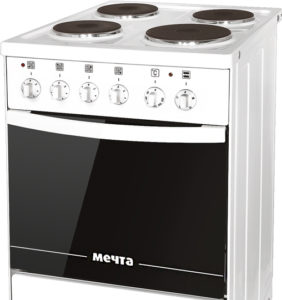 As mentioned, the principle of operation of this technique is extremely simple: the current heats the coil, it releases heat, which begins to heat the dishes installed on the panel. Modern devices are in most cases made of ceramics, but their design differs significantly from models produced about 10–15 years ago.
As mentioned, the principle of operation of this technique is extremely simple: the current heats the coil, it releases heat, which begins to heat the dishes installed on the panel. Modern devices are in most cases made of ceramics, but their design differs significantly from models produced about 10–15 years ago.
But the operating principle of the induction panel is radically different from its predecessor.Under the burners there is a generator that creates induction currents on the dishes. As a result, the pan acts as a conductor and begins to heat up.
Reference!
When using induction models, only the cookware heats up, not the surface of the device. In view of the above, the likelihood of getting burns is close to the minimum level.
In principle, this is general information from which you can understand that the main difference between these surfaces is the operating principle. But there are a number of other points, which will be discussed below.
- Ease of use. At this point, the leaders are induction devices, which have high efficiency compared to their electrical counterparts.
- Noise at work. Induction ones will lag behind the competitor at this point, because they produce a lot of noise. But electric stoves will be silent during operation.
- Fast heating of burners and dishes. In induction models, both burners and cookware heat up quickly. But in electric stoves, it will take no more than a minute to heat up the burner, but it takes about 5 minutes to heat the frying pan.
- Necessary utensils. You can use any utensil to cook food on an electric stove. But when using an induction device, you will need to go to the store and purchase special pots for cooking.
Which stove to choose, induction or electric?
In order to understand the question of which stove is better for home use, you need to become familiar with both the operating principle of both devices and the main differences, along with the existing advantages and disadvantages. We devoted attention to this in today's article.
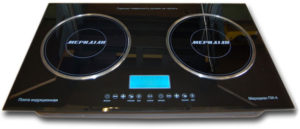 Certainly, an induction cooker will be better due to its performance. But it represents the category of expensive models, and accordingly, a consumer who wants to purchase this model will need to fork out a tidy sum. In addition, you will need to purchase special dishes, which can lead to additional expenses. But the end result is worth it. Such stoves are absolutely safe to use and allow you to cook real masterpieces in a short time.
Certainly, an induction cooker will be better due to its performance. But it represents the category of expensive models, and accordingly, a consumer who wants to purchase this model will need to fork out a tidy sum. In addition, you will need to purchase special dishes, which can lead to additional expenses. But the end result is worth it. Such stoves are absolutely safe to use and allow you to cook real masterpieces in a short time.
Well, if you don’t need all the frills, and you’re willing to wait until the frying pan heats up, and also want to save on purchasing a stove, electric surfaces will be the best option for you.
As for special cookware for induction cooktops, bullshit. Any ferromagnetic material (cast iron, black steel) is suitable. Stainless steel is questionable: there are stainless steels of the austenitic class, they are non-magnetic.


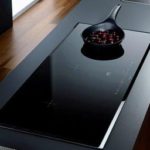
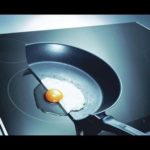
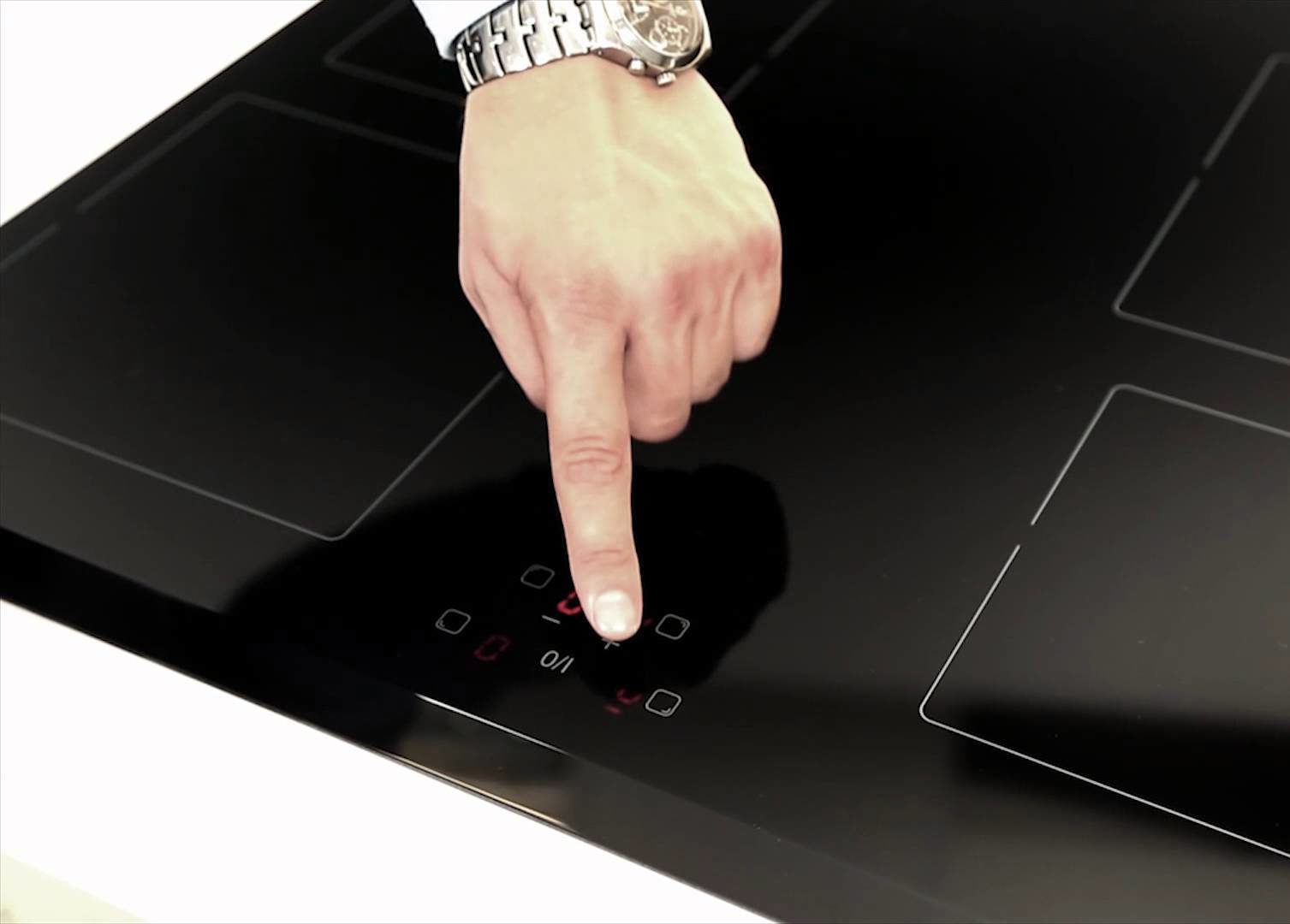
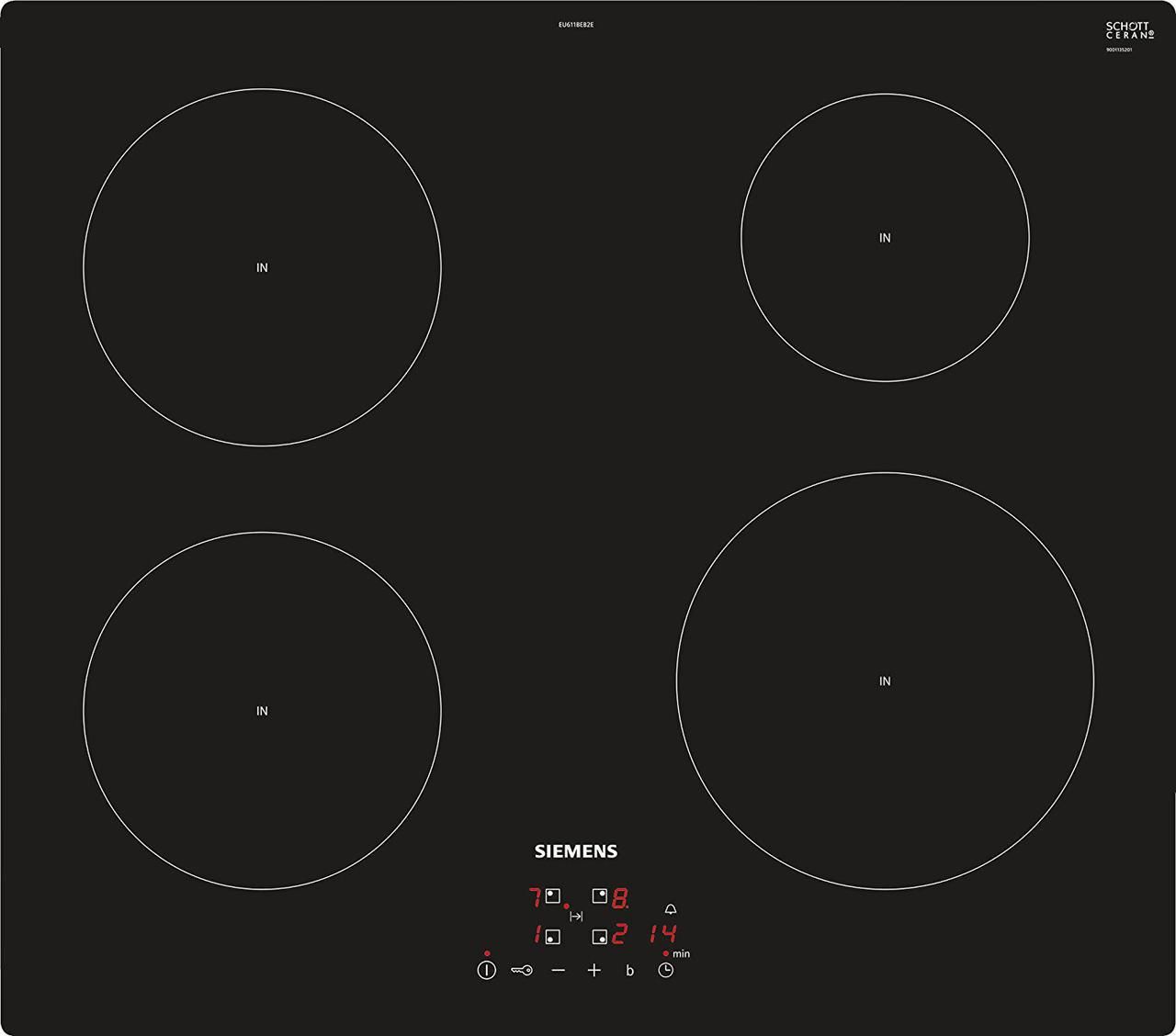
Regular cast iron frying pans, which housewives have plenty of, are suitable for induction hobs! And ordinary enamel pans are also suitable, so you don’t always need to buy special dishes!!!